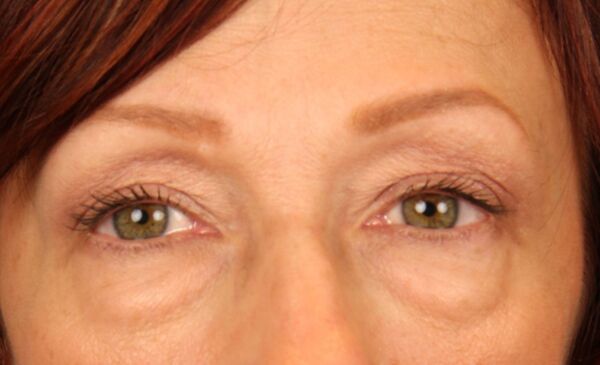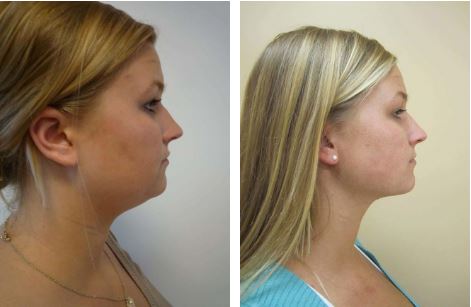
Inframammary incisions are a surgical procedure to augment the breasts. The incision is hidden within the breast crease. It can easily be hidden under an average bikini top. It is compatible for both pre-filled large silicone breast implants and larger ones.
Incision technique
Inframammary is one of most popular breast augmentation techniques. This involves making a small incision on the breast and then inserting the breast implants. This type of breast implant augmentation is extremely safe. It does not require any incisions. This can also be done on large breast implants. This procedure is safe for breastfeeding.
One of the key advantages of the inframammary incision technique is its ability to reduce overall surgical time. The surgeon performs this procedure using a stab-shaped incision, about 3 mm long, to insert a small infiltration cannula. The surgeon then injects 150mL of tumescent solution through the incision. This will elevate the pocket, promote hemostasis and encourage blood flow.
Criteria of inclusion
The inframammary fold is an important landmark in breast surgery. It defines the inferior border of the breast on the chest wall and defines ptosis. It also serves as an inferior support for subpectoral implant, which is important to prevent implant migration. A fold is also important visually for aesthetic and reconstructive procedures.

Women must be at minimum 14 years of age and suffer from excessive inframammary or other forms of sweating to be eligible for this study. Patients below 18 years old must be accompanied and signed by a legal representative. Also, women who are currently pregnant or breastfeeding will not be eligible. The study is voluntary, and patients should know that there are no financial incentives for participation.
There are always risks
Inframammary surgery is not without risks. An inframammary reduction can lead to a double-bubble shape where the implant contour meets the breast tissue. This type deformity can lead you to many complications, including breast carcinoma.
Inframammary cuts are less effective than those made at either the periareolar and circumareolar creases. Inframammary incisions can cause sensory nerves at the lower pole of breasts to stretch or cut during inframammary procedures. Inframammary incisions are more likely to cause nipple necrosis than periareolar, and can be less attractive.
Disadvantages
Inframammary is the most commonly used type of incision in plastic surgeons. This is due to its simplicity and visibility. It also allows direct access to submuscular, subpectoral, and subglandular planes. This incision is less invasive, has fewer risks and can be used to prevent infection or hematoma formation. The inframammary approach allows for placement symmetry while requiring minimal scarring.
There are some drawbacks to this method of breast augmentation. It can sometimes be more precise than other methods, and the implants might sit too high or unevenly. Also, concealing the scar will be more difficult than you may think.

Modified approach
Inframammary fold refers to an incision that runs from the chest wall to the underside of the glandular tissue. Multiple layers of absorbable sutures are used to close the inframammary folded. They extend to the medial as well as lateral edges of your breast. The skin disc then moves toward the center of your breasts, returning it to its original position in the nipple/areolar complex. Smaller gauge sutures are used to close the wound.
The incision will be made along the inframammary (which is far from the flap’s edge). Special devices can be used to harvest flap material in certain cases, such as an endoscopic instrument, a retractors equipped with a lighting system, or a retractors that have a lighting system.